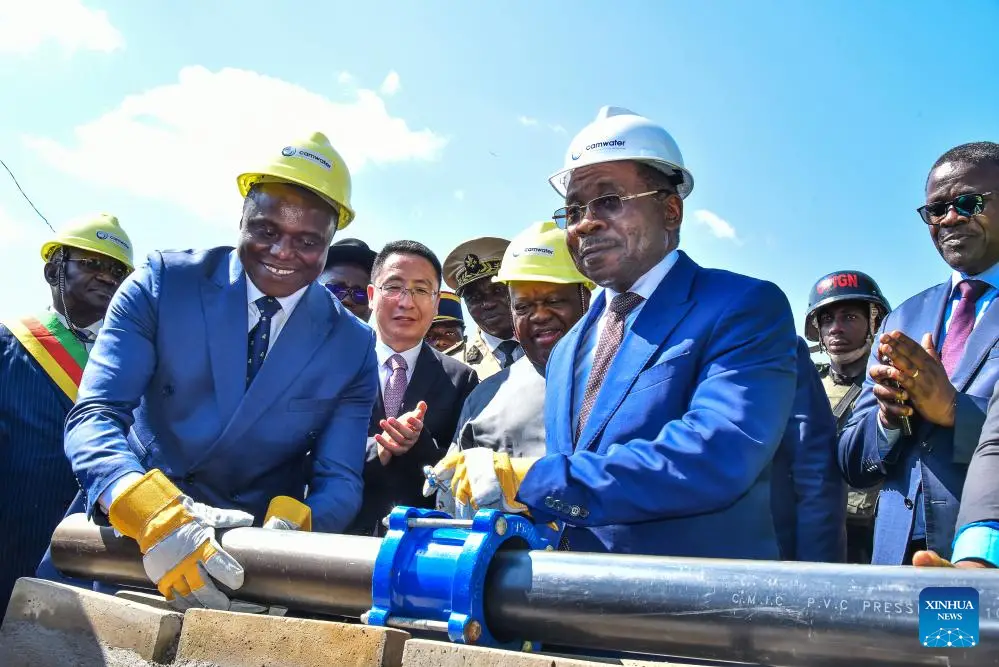Work on the second phase of the drinking water project in Garoua-Boulaï, in the Lom-et-Djerem division of Cameroon’s East region officially began on August 28, 2023.
The ceremony was presided over by Gaston Eloundou Essomba, the Minister of Water and Energy of Cameroon, and was attended by Blaise Moussa, the Managing Director of Camwater, Joseph Le, the Minister of the Civil Service and Administrative Reform of Cameroon, and regional administrative officials. A recent contract between the Cameroonian government and the Chinese company CGC Overseas Construction Group (CGCOC) would see CGCOC perform the work in the Garoua-Boula region.
Also Read: Nachtigal hydropower project Cameroons largest HEP project forges forward
Capacity and funding for the drinking water project in Garoua-Boulaï
The project entails renovating the current raw water intake, expanding and renovating the treatment facility to give a 1,800 m3 per day production capacity, and constructing a 500 m3 reservoir. This project is being funded by the State of Cameroon with the aid of a 63 million CFA franc (96 million euros) loan provided by Exim Bank of China in March 2018. CGCOC will also be expanding the network that distributes drinking water in Garoua-Boula. The aim is to improve the drinking water supply for the town’s 141,388 inhabitants.
According to government projections, the project should be completed in 36 months. Furthermore, the second phase of the PAEP will include the towns of Garoua, Maroua, Yabassi, and Dschang after Garoua-Boula. With the goal of supplying a 74,400 m3 per day production capacity for drinking water.
The first phase of the PAEP, implemented between 2014 and 2017 in the towns of Sangmélima, Kribi, Bafoussam, and Bamenda, began work in this locale in the East region many years after it was completed. Additionally, the work done by CGCOC “enhanced storage capacity by 36,100 m3. And drinking water production capacity by 111,881.67 m3 per day. According to Camwater, this project phase also made it possible to add 79 new standpipes, 125 new connections, and an extra 633.75 km to the drinking water network.

